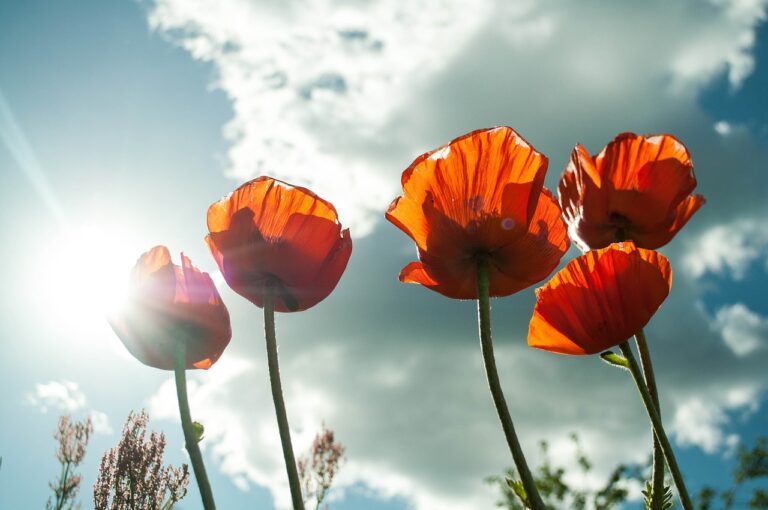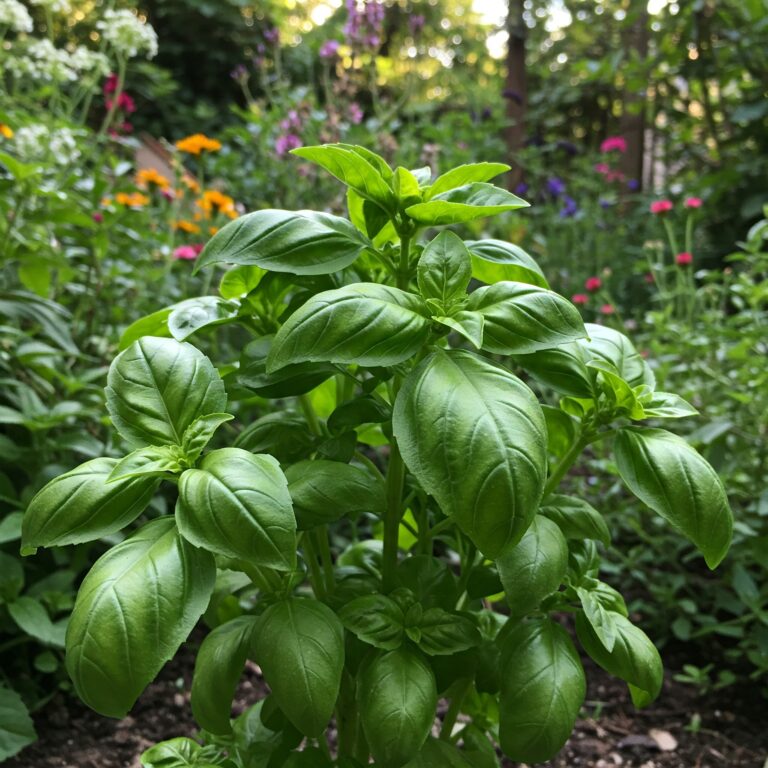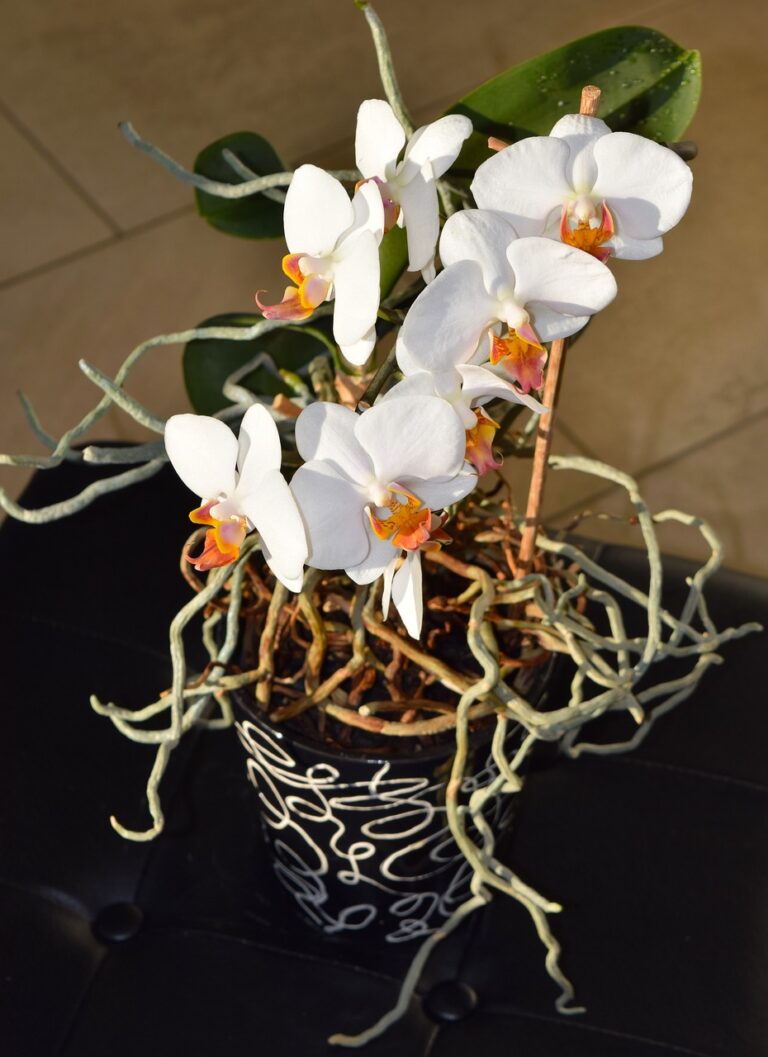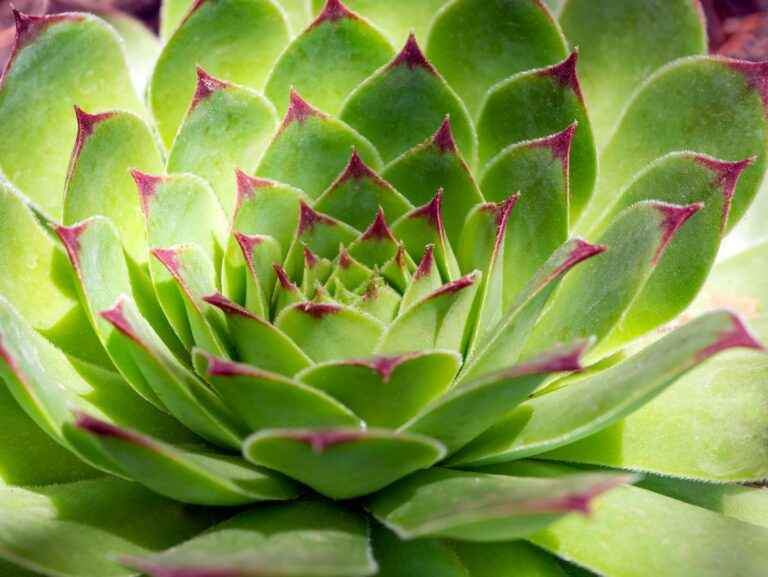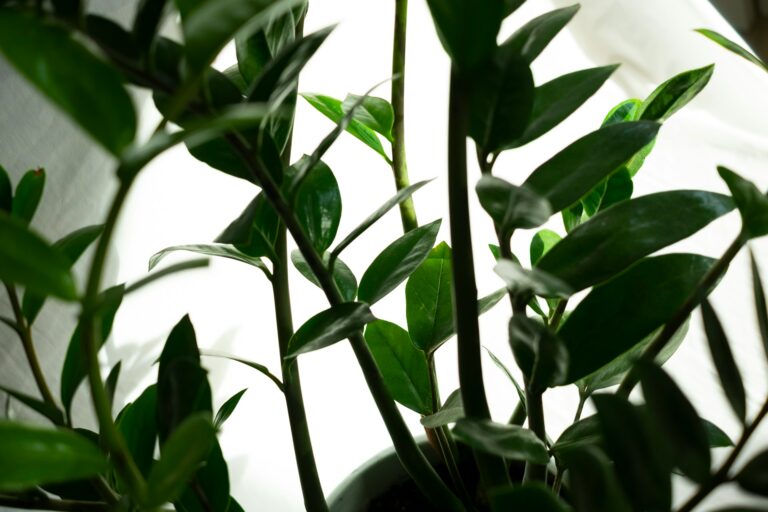Winter can be a challenging season for plant enthusiasts, as the colder temperatures, reduced sunlight, and drier indoor air create less-than-ideal conditions for many houseplants. However, with a few adjustments to your plant care routine, you can help your indoor garden thrive even during the harshest months. This guide will provide you with essential tips for winter plant care, ensuring your leafy companions remain healthy and vibrant throughout the season.
How To Care For Plants During Winter
Understanding Winter’s Impact on Plants
Winter weather affects plants in several ways. Cold temperatures can slow down or halt plant growth, and in some cases, lead to cell damage. Frost can kill tender plants, while snow can weigh down branches and cause breakage. Plants may also suffer from winter stress, displaying symptoms like wilting, leaf drop, and browning edges.
Interestingly, some plants benefit from the cold. Perennials, for example, often use the winter to rest and store energy for the spring. Bulbs like tulips and daffodils need a period of cold dormancy to bloom in the spring. Evergreens continue to photosynthesize, albeit at a slower rate, and require special care to avoid winter burn.
Common misconceptions about winter plant care include the idea that all plants need to be brought indoors or that watering isn’t necessary during the cold months. The truth is, different plants have different needs, and understanding these is key to successful winter gardening.
Preparing Your Garden for Winter
The best way to ensure your garden survives the winter is to prepare it properly. Start with a thorough cleanup. Remove any dead or diseased plants, fallen leaves, and debris that could harbor pests or diseases. This will help prevent problems in the spring.
Soil preparation is also critical. Amend your soil with organic matter like compost to improve its structure and provide nutrients. Mulching is another essential step. Apply a thick layer of mulch around your plants to insulate the soil, protect roots, and retain moisture. Organic mulches, such as straw, leaves, or wood chips, work well and will also improve soil fertility as they break down.
When it comes to pruning, timing is everything. For most plants, pruning should be done in late fall, after the plants have gone dormant but before the first hard frost. Be careful not to prune too early, as this can stimulate new growth that is vulnerable to cold damage.
Protecting Outdoor Plants from Frost and Snow
Frost can be deadly for tender plants, but there are several ways to protect them. DIY frost covers can be made from old sheets, blankets, or burlap. For more delicate plants, you might want to invest in frost cloths or row covers, which are specifically designed to provide protection without smothering the plants.
Plant covers should be applied in the evening and removed in the morning once the temperature rises. Make sure they don’t touch the leaves, as this can cause frost to transfer onto the plant. You can use stakes or wire hoops to create a frame for the cover.
For larger plants or garden beds, consider installing windbreaks. These can be as simple as a fence or a hedge, or you can create temporary barriers using burlap or other materials. Windbreaks help reduce wind speed, which can dry out plants and cause them to lose moisture faster than they can replace it.
Snow management is another important aspect of winter plant care. While snow can act as an insulating blanket, too much of it can be problematic. Heavy snow can break branches and cause structural damage to plants. Gently brush off excess snow with a broom or rake, but avoid shaking the plant, as this can cause further damage.
Indoor Plant Care During Winter Months
Indoor plants face different challenges during winter, primarily due to low light levels, dry air, and temperature fluctuations.
Watering indoor plants during winter requires a delicate balance. Most plants need less water in the colder months, as their growth slows down. However, indoor heating can dry out the air and soil, so be sure to check the moisture level of the soil before watering. Water thoroughly when needed, but allow the soil to dry out slightly between waterings to prevent root rot.
Humidity is another critical factor. Many indoor plants, particularly tropical varieties, suffer in dry winter air. You can increase humidity by misting your plants, placing a tray of water nearby, or using a humidifier. Grouping plants can also create a more humid microclimate.
Lighting is crucial for indoor plants during winter. Place plants near south-facing windows, which receive the most sunlight. If natural light is insufficient, consider using grow lights to supplement. LED grow lights are energy-efficient and can provide the full spectrum of light that plants need to photosynthesize.
Temperature is another important consideration. Keep plants away from drafty windows, doors, and heating vents, as sudden temperature changes can stress them. Most indoor plants prefer a consistent temperature range between 65-75°F (18-24°C). If you have plants that prefer cooler conditions, such as cyclamen or Christmas cactus, find a spot with slightly lower temperatures.
Overwintering Techniques for Different Plant Types
Different types of plants require different overwintering techniques. Perennials can often survive the winter in the ground with minimal care. After pruning, apply a thick layer of mulch to protect their roots.
Annuals, on the other hand, typically won’t survive the winter outdoors. However, you can bring some varieties indoors to overwinter as houseplants or take cuttings to propagate new plants in the spring.
Bulbs and tubers need special care during winter. Tender bulbs, such as dahlias and cannas, should be dug up and stored in a cool, dry place until spring. Be sure to remove excess soil and allow the bulbs to dry before storing them in a paper bag or a box filled with peat moss or sawdust.
Trees and shrubs may need additional protection from winter winds and freezing temperatures. Wrapping them in burlap can help prevent windburn and sunscald. For newly planted trees and shrubs, consider using a tree guard or a layer of mulch around the base to protect the roots.
Container plants are particularly vulnerable during winter, as their roots are more exposed to cold temperatures. If possible, move containers to a sheltered location, such as a garage or basement. If you must leave them outside, cluster them together and wrap them in bubble wrap or burlap for added insulation.
Feeding and Watering Plants in Winter
Feeding plants in winter can be tricky. Most plants don’t require fertilization during the colder months, as they are either dormant or growing very slowly. However, some evergreens and indoor plants may benefit from light feeding with a balanced fertilizer.
When it comes to watering, it’s important to avoid overwatering, especially for outdoor plants. Water deeply before the first hard frost to ensure the roots are well-hydrated. During winter, water only when necessary, as overwatering can lead to frozen soil and root rot. For container plants, make sure they have adequate drainage to prevent water from pooling in the bottom of the pot.
Anti-transpirants can be used on evergreens and other susceptible plants to reduce water loss through transpiration. These products form a protective coating on the leaves and can be particularly useful for plants exposed to drying winter winds.
Dealing with Winter Pests and Diseases
Pests and diseases can still pose a threat to your plants during winter. Common winter pests include spider mites, aphids, and scale insects. These pests often take advantage of weakened plants, so it’s important to inspect your plants regularly, especially if they’re indoors.
To prevent pest infestations, clean your plants regularly by wiping down leaves or giving them a gentle shower. Horticultural oils and insecticidal soaps are effective treatments for many common pests. For outdoor plants, consider using sticky traps or beneficial insects like ladybugs to keep pests under control.
Fungal diseases can also be an issue, particularly in damp or humid conditions. Powdery mildew and root rot are common problems during winter. Ensure good air circulation around your plants and avoid overhead watering to reduce the risk of fungal infections.
Winter Greenhouse Management
If you have a greenhouse, winter can be a productive time for gardening. Temperature control is critical in a greenhouse. Use heaters, heat mats, or insulated covers to maintain a consistent temperature. Aim for a minimum of 50°F (10°C) for most plants, though some may require warmer conditions.
Ventilation is equally important. Proper ventilation helps to reduce humidity levels, which can prevent mold and mildew from developing. Open vents or windows on warmer days to allow fresh air to circulate.
Lighting is essential for winter greenhouse management. Shorter days can limit the amount of natural light your plants receive, so consider using supplemental grow lights. LED lights are a great option as they provide the necessary light spectrum while being energy-efficient.
Pest management in a greenhouse can be challenging, as the enclosed environment can create ideal conditions for pests. Regularly inspect your plants for signs of infestation, and use biological controls like predatory insects or organic insecticides to keep pests in check.
Planning for Spring While Caring for Winter Plants
Winter is the perfect time to start planning for the next growing season. Winter pruning can help shape your plants and encourage healthy growth in the spring. Prune back plants that bloom on new wood, like roses, in late winter to stimulate fresh growth.
Seed starting is another activity to consider during winter. Many gardeners start seeds indoors in late winter to get a head start on the growing season. Choose seeds that are well-suited for your climate and start them in a warm, bright location.
Soil testing is an important step in preparing for spring. Use the winter months to test your soil and make any necessary amendments. Add compost, lime, or other soil conditioners based on the results of your soil test to ensure your garden is ready for planting.
If you’re planning to expand your garden, winter is a great time to design and prepare new garden beds. Clear the area of any debris, amend the soil, and lay out your new beds so they’re ready for planting as soon as the weather warms up.
Why Are My Succulent Plant Leaves Falling Off?
Conclusion
By following these winter plant care tips, you can create a nurturing environment for your houseplants despite the seasonal challenges. Remember to adjust your watering schedule, maximize available sunlight, and maintain proper humidity levels. With a little extra attention and care, your indoor garden will continue to flourish, bringing a touch of green and a breath of fresh air to your home all winter long.
